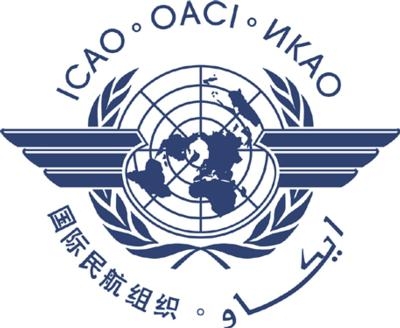Plan Requires Action By The U.S. Government
The International Civil Aviation Organization (ICAO) has formalized a global agreement for addressing international aviation carbon emissions, which includes technical exemptions for small emitters – a provision NBAA President and CEO Ed Bolen said is an important and fundamental part of the agreement.

The ICAO plan results from the organization’s most recent triennial session, based on a structure for aviation policy agreed to in the Chicago Convention, finalized in 1944, which declares that aviation policies must be global in origin and nature.
This newest plan, which requires U.S. government action in order to be applicable to companies using business aviation, is designed to create a single, workable, international emissions framework, as opposed to allowing the development of a patchwork quilt of state and regional programs, such as the European Union Emissions Trading Scheme (EU-ETS), adopted by EU government officials in 2008.
The new ICAO plan, called the Carbon Offsetting Reduction Scheme for International Aviation (CORSIA), will apply to international flights between the more than 60 countries that have volunteered to participate from 2021, with a view to capping international aviation emissions at 2020 levels. From 2027, participation by countries will be mandatory, based on each having a certain level of international aviation activity.
The technical exemptions for small emitters were developed in coordination with the International Business Aviation Council (IBAC), of which NBAA is a member, and a multi-national group of representatives organized by the ICAO Committee for Aviation Environmental Protection (CAEP). Included among their provisions is a limitation of the applicability of the carbon-offset plan to operators producing more than 10,000 tons of carbon emissions, while performing international flights between the countries participating in the plan. Domestic flight activity within the U.S. would not be counted.
Importantly, the standard will take a measured approach to implementation over the next several years, as countries determine the details of programs affecting their operators.

“This agreement recognizes that business aviation is and always has been at the forefront of efforts to reduce the industry’s environmental footprint,” Bolen (pictured) said. “We were early adopters of pioneering aviation technologies, including GPS, aircraft winglets, and composite airframes. We continue to develop and implement new technologies, and as a result, business aviation is responsible for only a small fraction of total aviation emissions.”
Bolen noted that the agreement reached this week is still taking shape, and that NBAA and IBAC are continuing to help ensure its implementation will be workable for operators. He added that the agreement will not be implemented before 2020, and the government agencies for the member countries subscribing to it, including the United States, will be able to determine how best, and most efficiently, to handle its implementation.
“The next three years will be important, as countries evaluate compliance with the international carbon-offsetting standard,” Bolen said. “We expect that the Federal Aviation Administration (FAA), which will lead U.S. efforts, will evaluate the impact of the agreement before finalizing plans that affect U.S. operators.”
(Source: NBAA news release)
 Unfortunate... ANN/SportPlane Resource Guide Adds To Cautionary Advisories
Unfortunate... ANN/SportPlane Resource Guide Adds To Cautionary Advisories ANN FAQ: Turn On Post Notifications
ANN FAQ: Turn On Post Notifications ANN's Daily Aero-Term (04.29.24): Visual Approach Slope Indicator (VASI)
ANN's Daily Aero-Term (04.29.24): Visual Approach Slope Indicator (VASI) ANN's Daily Aero-Term (04.28.24): Airport Marking Aids
ANN's Daily Aero-Term (04.28.24): Airport Marking Aids ANN's Daily Aero-Linx (04.28.24)
ANN's Daily Aero-Linx (04.28.24)




